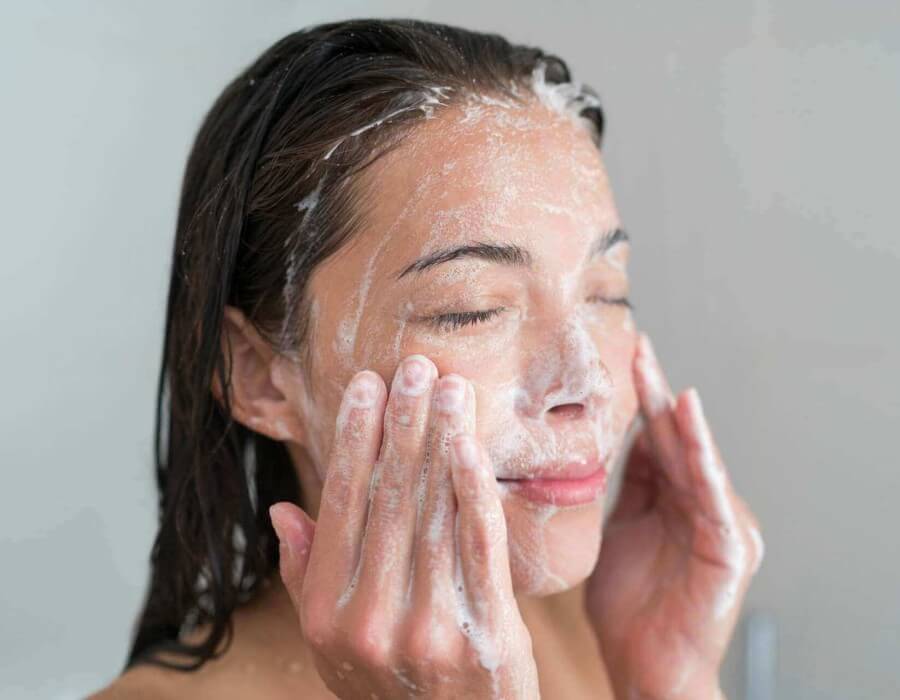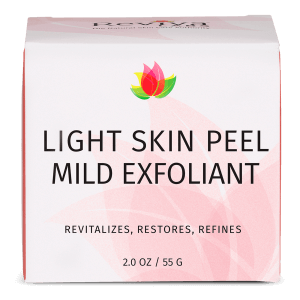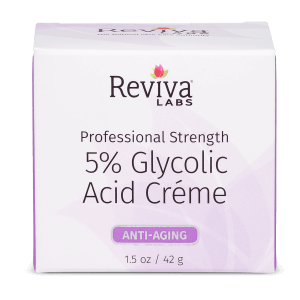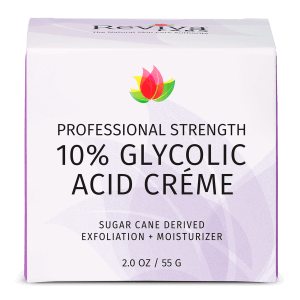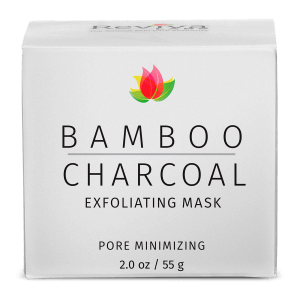Reviva Labs, Skin Care
How to exfoliate
Exfoliation is such an important part of any skin care regimen. Surprisingly, there are many people who aren’t exfoliating – or are doing it wrong. In case you’re not sure how to exfoliate your skin or your body, here are some tips to help you exfoliate safely and effectively. Your skin will thank you for it!
How often should I exfoliate?
Our skin is designed to be exfoliated every day. In fact, our skin has its own natural shedding process – allowing old, dead cells to shed, and new cells to come to the surface. But with the products we apply on a daily basis – along with dirt, oil, and pollutants that can accumulate on our skin, the natural shedding process can be inhibited. And when we aren’t exfoliating, those dead skin cells build up, causing dull skin.
If you are new to exfoliation, two to three times per week is a good way to start. But if you are exfoliating properly (read: gently), you can exfoliate every day.
What is the best way to exfoliate?
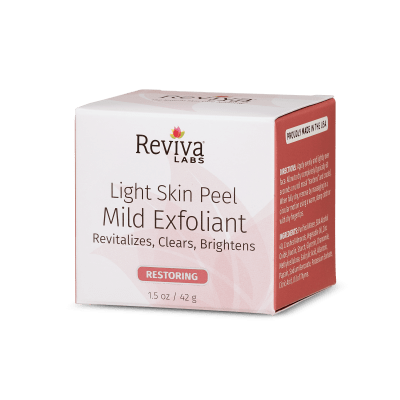
There are two different types of exfoliation: chemical and mechanical. Chemical exfoliation uses a product like glycolic acid or salicylic acid that helps stimulate the skin cells, helping to shed the dead, dull cells.
Mechanical exfoliation is often referred to as “scrubbing.” Using a facial scrub is one of the most common ways to exfoliate. If you choose a scrub for exfoliation, avoid those with irregular particles that can scratch and irritate the skin. Gentle scrubs will typically have round particles – they can exfoliate without damage and/or irritation.
Always exfoliate gently
Contrary to what we think about when we hear the word “scrub,” exfoliation should always be gentle. If there is discomfort or redness during or after you exfoliate, either your product or your method is too harsh.
Exfoliating your body
The skin on our body tends to be even more neglected than the skin on our face when it comes to exfoliating. The good news is that the same basic rules apply to the body when it comes to exfoliation – but you don’t have to be quite as gentle. You still don’t want to irritate the skin, but the skin on the body is not as fragile as that on the face – so products and methods can be more robust. In fact, one of the most popular ways of exfoliating right now is dry brushing: using a special brush on the skin, which causes some redness, usually attributable to boosting circulation.
Always moisturize after exfoliation
No matter how gently you exfoliate, you should be sure to nourish the skin afterward. This is important for two reasons:
- You should replenish any natural oils or moisture that you may lose during exfoliation.
- The whole purpose of exfoliation is to remove dead skin cells, revealing new skin cells underneath. Applying serums and other products after removing those dead skin cells helps those products absorb better.
If it’s uncomfortable, don’t do it
While some types of exfoliation may cause a bit of tingling, if you experience irritation or a burning sensation, stop. Exfoliation should



